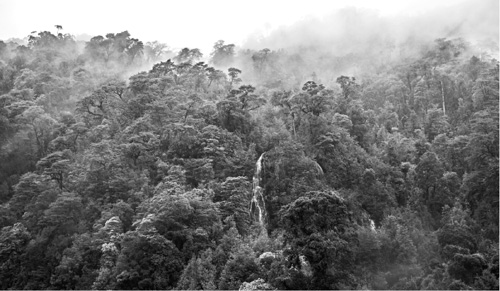Environment and EcologyBiomes |
What are bryophytes, and why are they important to ecosystems? |
Bryophytes are a group of green land plants and include liverworts, hornworts, and mosses. Scientists know that bryophytes were one of the first plants to take root on land and are still important: They are also the second largest group of land plants after flowering plants. Overall, they constitute a major part of the biodiversity in moist forests, wetlands, mountains, and even tundra ecosystems. Thus, all three types also play a significant part in the global carbon budget and carbon dioxide exchange, nutrient cycling, and water retention, to name just a few. They are also important environmental indicators and are even used as predictors and prognosticators of past—and now future—global climate changes. (For more about bryophytes, see the chapter “Plant Diversity.”)

A rainforest is one type of biome, a prominent ecosystem to which animals and plants have adapted to certain climatic and geographical characteristics. Rainforests are areas of rich vegetation that receive between 98 and 180 inches (250 to 450 centimeters) of rain annually.
